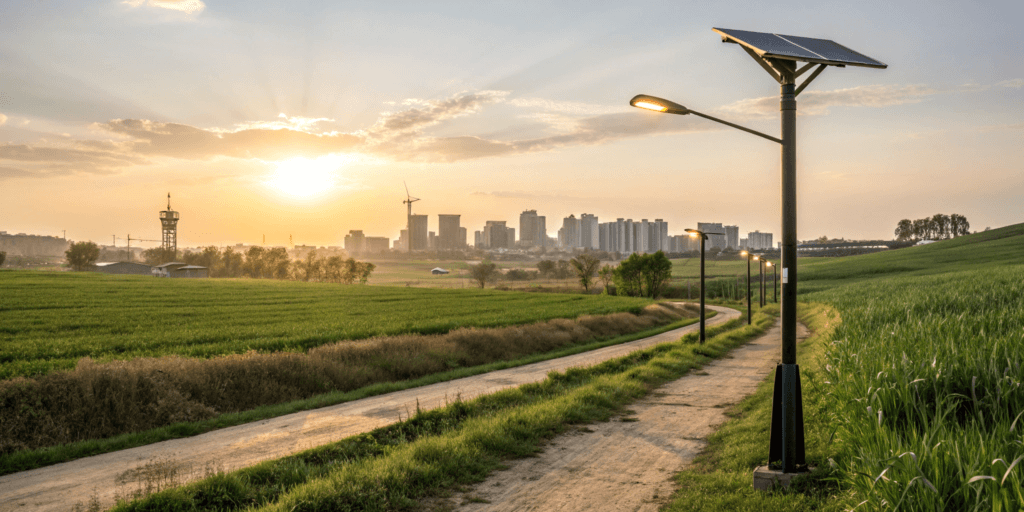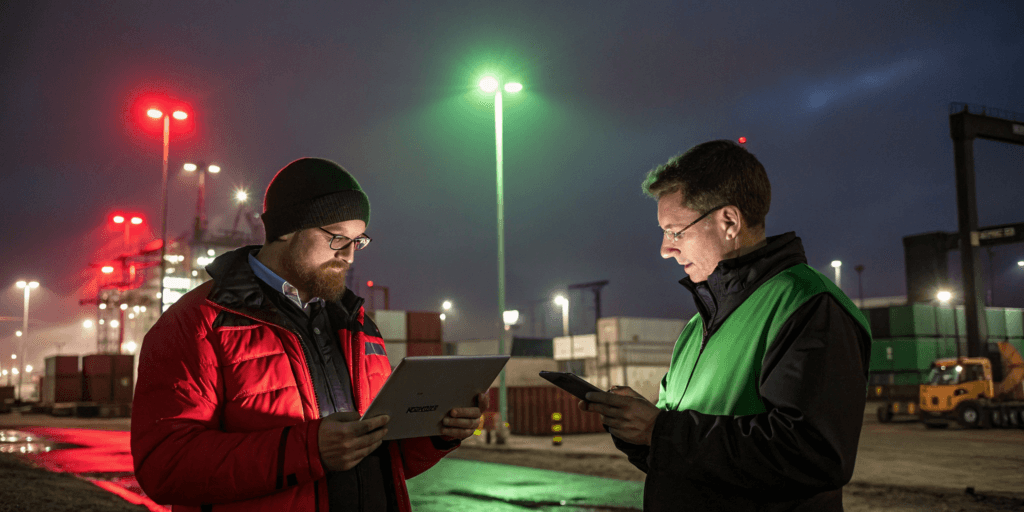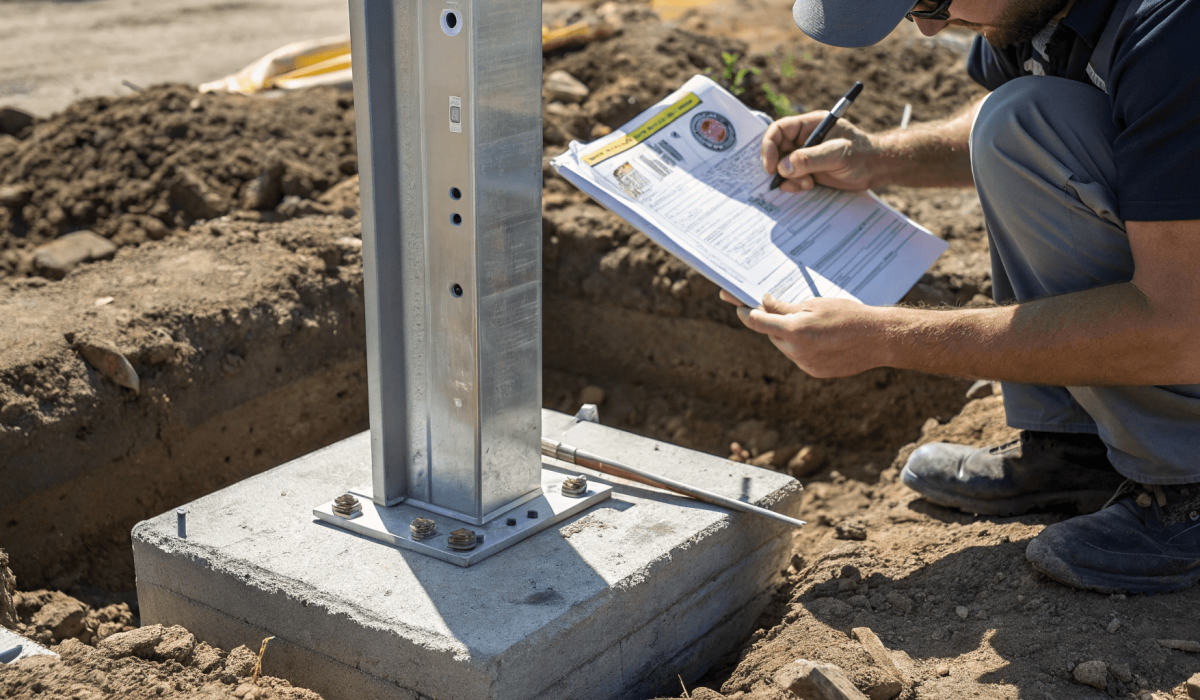Proper installation of aluminum poles is critical to ensure safety, performance, and long-term durability.
Before installation, there are five key factors you need to check to avoid costly mistakes and ensure your poles are set up properly.
This guide will walk you through these checks and help ensure a successful aluminum pole installation.
Why Proper Installation of Aluminum Poles Matters
Installing aluminum poles may seem straightforward, but ensuring their stability, longevity, and functionality requires careful planning.
A well-installed aluminum pole ensures safety, supports lighting systems effectively, and reduces maintenance costs in the long run.
Let’s explore the five essential checks that you should perform before installing aluminum poles.
1. Site Conditions and Ground Stability
Before you start installing aluminum poles, it's essential to check the ground conditions at the site.
- Surface Stability: Confirm the ground is level and free from soft soil or loose areas.
- Soil Type: Understand the soil composition (e.g., sand, clay, etc.) and its bearing capacity to support the pole’s weight and wind load.
- Foundation Requirements: Depending on the soil type, you may need additional reinforcement, like concrete foundations or footings.
Site Inspection Tips:
- Conduct a thorough survey of the area to ensure that the site is suitable for pole installation.
- If the soil is unstable, consider using extra foundation support such as reinforced concrete or soil stabilization techniques.
2. Aluminum Pole Quality and Compliance with Standards
Ensuring the aluminum pole meets industry standards and is of good quality is crucial for performance.
- Certification and Standards Compliance: Verify that the pole meets required certifications such as ISO, CE, or other relevant standards.
- Corrosion Resistance: Make sure the aluminum pole has adequate corrosion protection (e.g., anodized coatings or powder coatings) to withstand environmental factors.
- Specifications: Ensure the pole’s size and load-bearing capacity align with the project’s needs.
Tip: Always purchase certified, high-quality aluminum poles to reduce the risk of early failures and costly repairs.
3. Mounting and Electrical Connections
Proper mounting and electrical connections are vital to ensure that your lighting system is safe and functional.
- Mounting Compatibility: Ensure that the pole is compatible with the light fixture’s mounting accessories. This includes checking if the brackets, adapters, and fixtures fit securely.
- Electrical Safety: Check that the pole’s electrical components, such as wiring and connectors, comply with local safety standards. Also, ensure proper sealing to prevent water ingress and electrical faults.
- Additional Mounting Accessories: Depending on the project, you may need extra mounting brackets or adapters to ensure a stable, secure fit for the lighting fixtures.
Tip: Double-check the electrical wiring and safety seals to avoid future electrical issues. Regular maintenance and inspection will help avoid costly repairs later.
4. Wind Load and Structural Integrity
The strength and structural integrity of the aluminum pole are critical in ensuring it can withstand environmental stresses, especially wind.

- Wind Resistance: Determine the wind speed in the area to calculate the required wind load capacity. Higher winds require stronger poles.
- Pole Integrity: Inspect the pole for any cracks, dents, or defects that could compromise its stability.
- Wind Load Calculation: Make sure the pole height, combined with the weight of the fixture, is adequate to resist wind forces.
How to Ensure Stability:
- Choose the correct pole height and material based on the local wind conditions.
- Perform a structural integrity check to identify any potential weaknesses, especially for taller poles in high-wind areas.
5. Installation Tools and Safety Precautions
Proper installation tools and safety precautions are essential for a successful and safe installation process.
- Correct Installation Tools: Ensure the right equipment is available for lifting and securing the pole without causing damage to the material. This includes cranes, lifting straps, and wrenches.
- Safety Gear: Installers should wear the appropriate personal protective equipment (PPE) such as helmets, gloves, and harnesses.
- Follow Manufacturer’s Guidelines: Always adhere to the manufacturer’s installation instructions for best practices.
Tip: Use a checklist to ensure all tools are in place and safety protocols are followed during installation. This will help prevent injuries and errors.
Conclusion – Ensuring a Successful Aluminum Pole Installation

To ensure a successful aluminum pole installation, you must consider the following key factors:
- Site conditions and soil stability
- The quality and compliance of the aluminum pole
- Proper mounting and electrical connections
- Wind load capacity and structural integrity
- Correct installation tools and safety precautions
By addressing these aspects, you’ll set your aluminum poles up for long-term durability and optimal performance.
Remember to focus on quality control, proper installation procedures, and the right materials to ensure that your installation meets safety standards and performs effectively.
FAQ
How do I check if my aluminum pole meets safety standards?
- Request certification documents and ensure the pole complies with relevant standards like ISO or CE.
Can aluminum poles withstand high wind speeds?
- Yes, but you must choose the appropriate wind load rating for the local conditions and pole height.
What type of foundation is required for installing aluminum poles?
- The foundation type depends on the soil conditions. In soft soils, a concrete foundation or reinforcement may be required.
How do I ensure proper electrical connections when installing aluminum poles?
- Verify that electrical components are compatible, comply with local safety standards, and are waterproofed to avoid faults.
Are there any special tools needed to install aluminum poles?
- Yes, you'll need specialized lifting equipment for taller poles, as well as the right mounting tools to secure the pole and light fixture properly.


